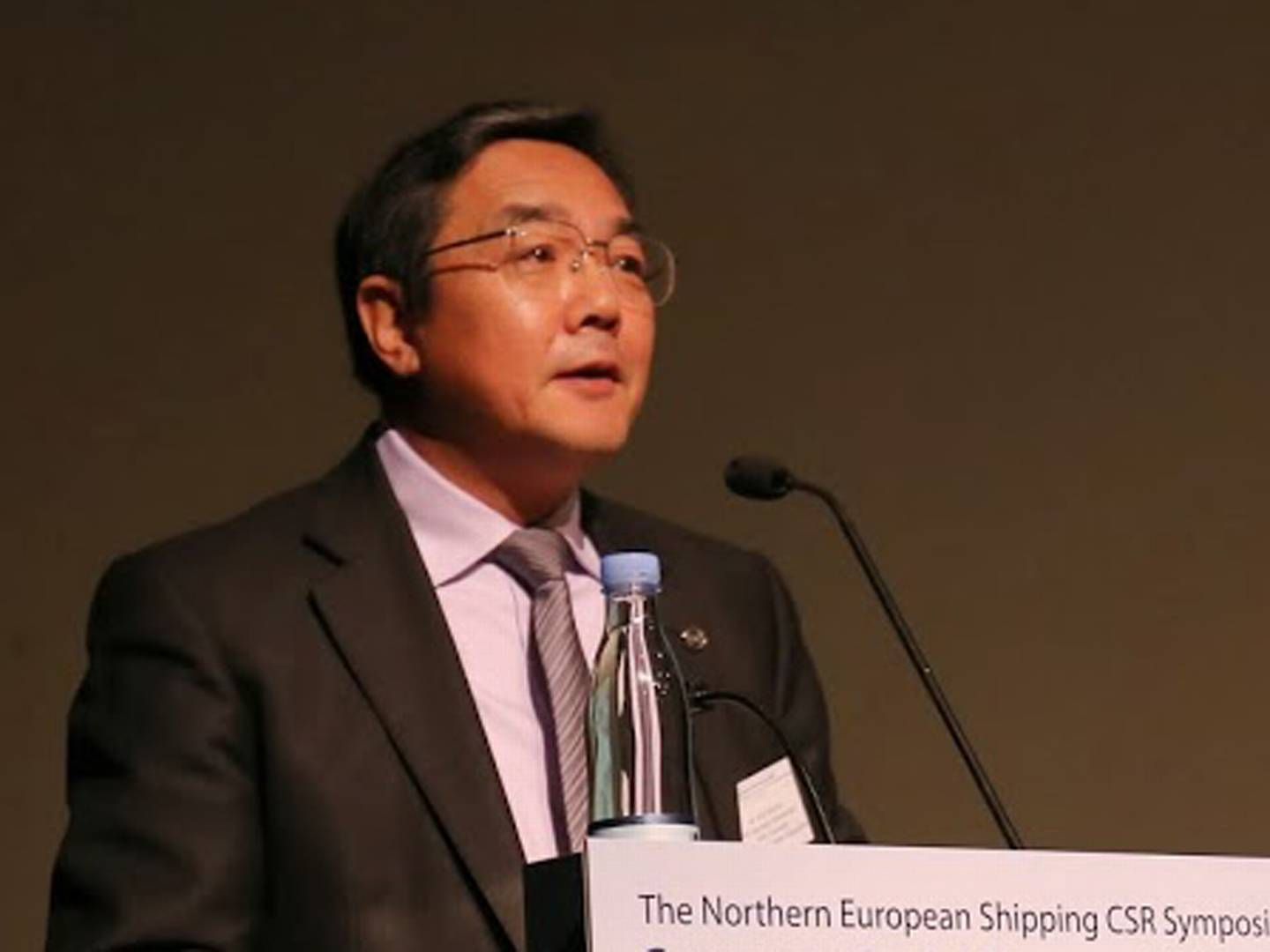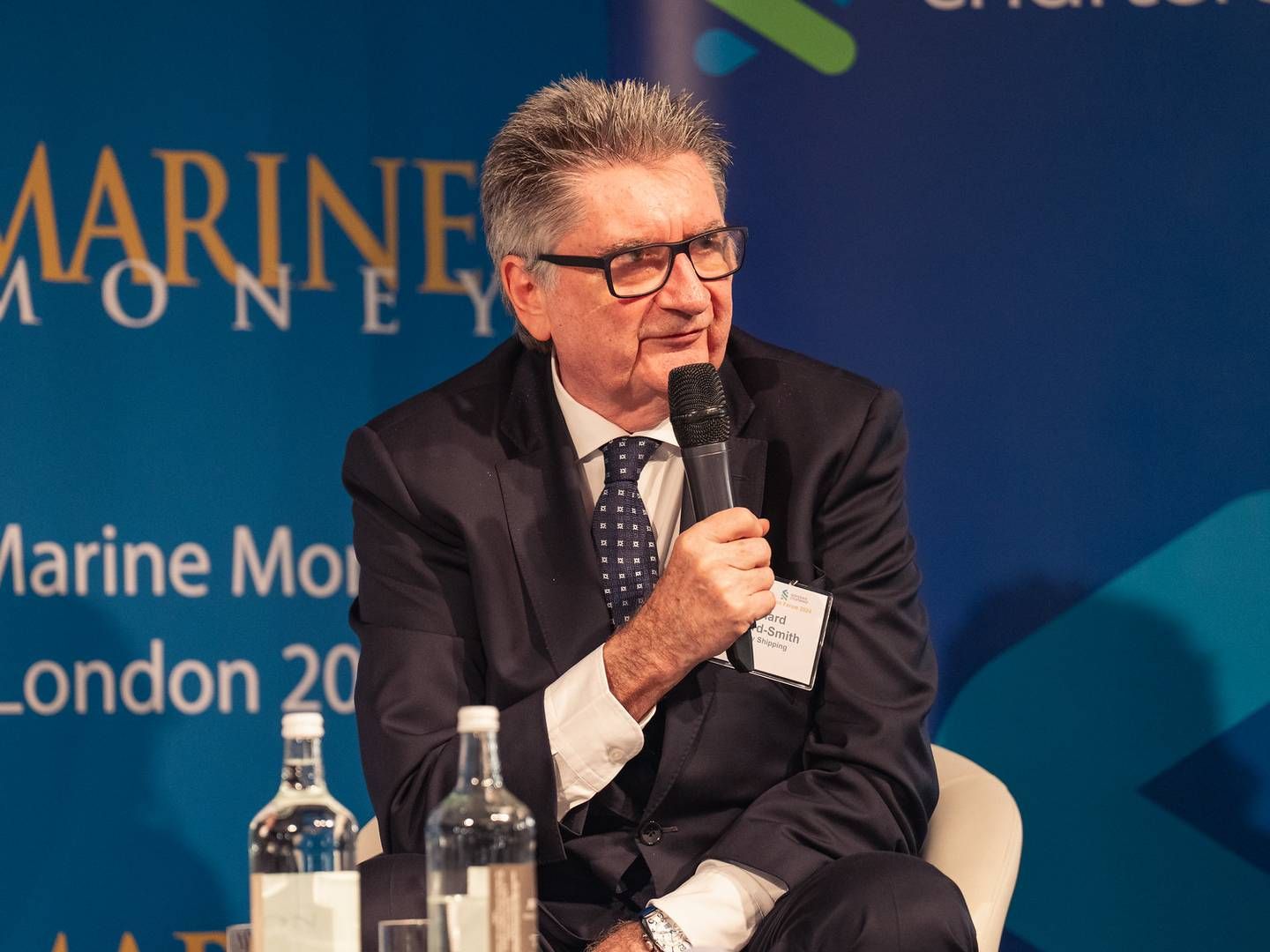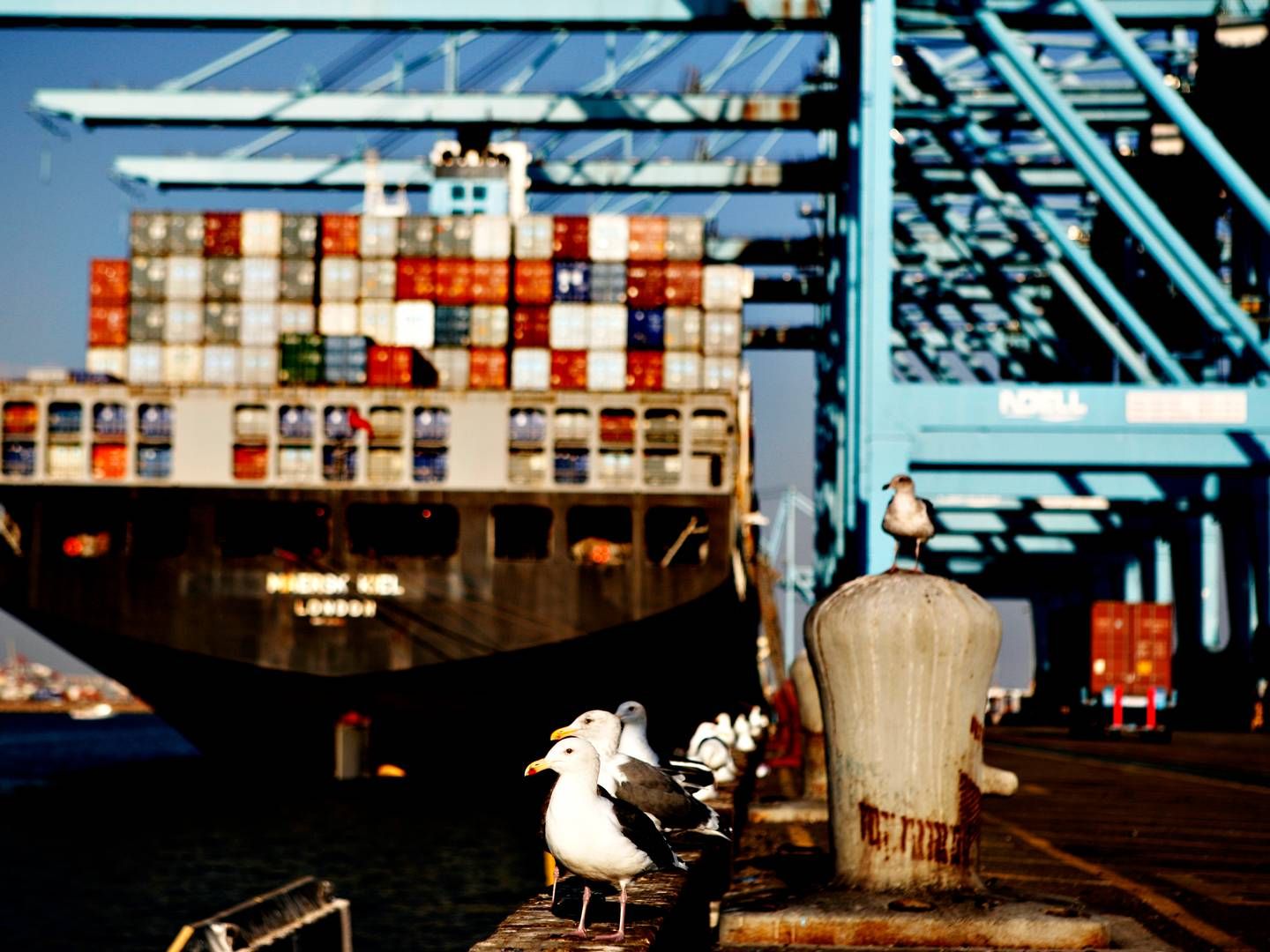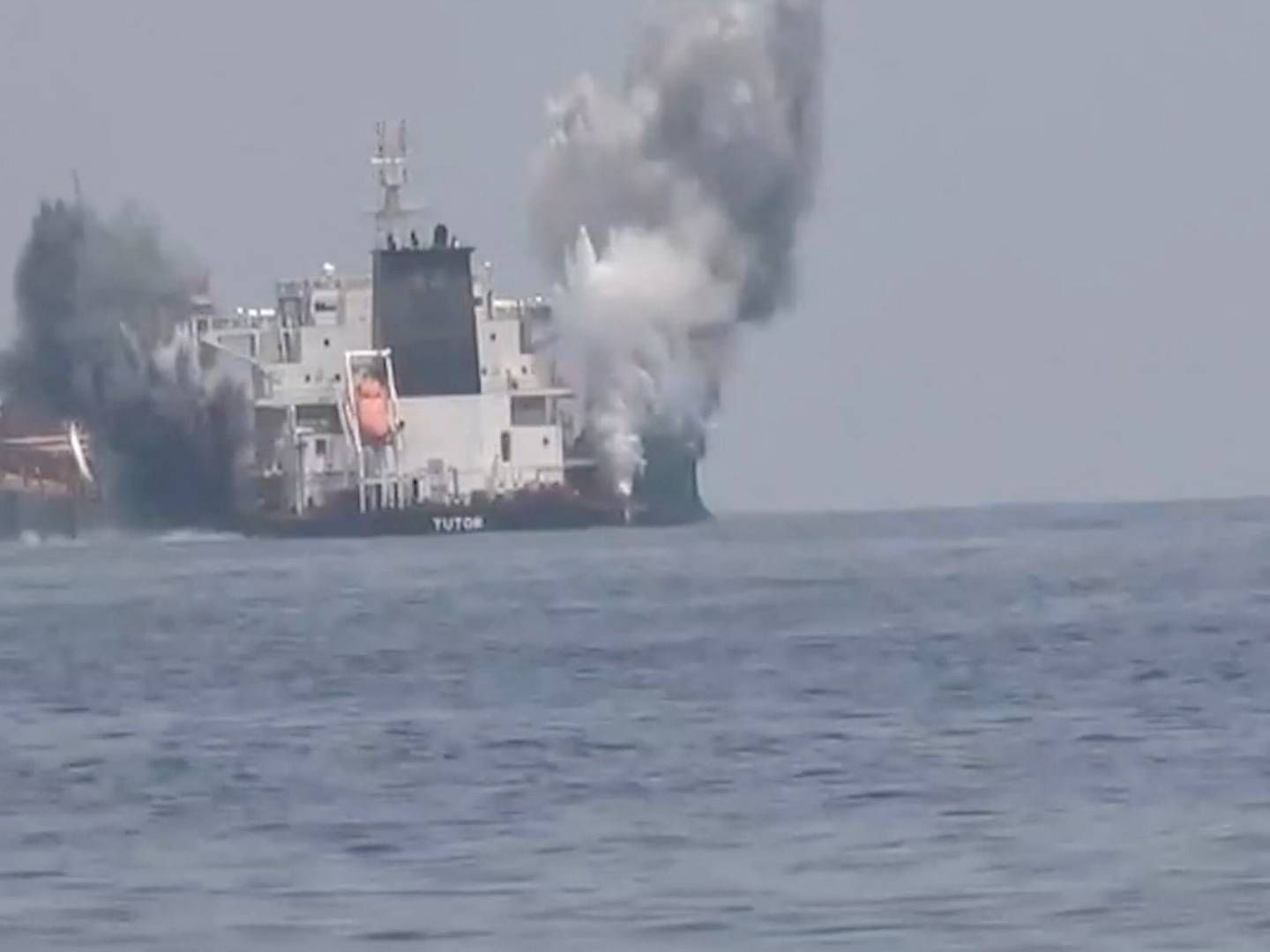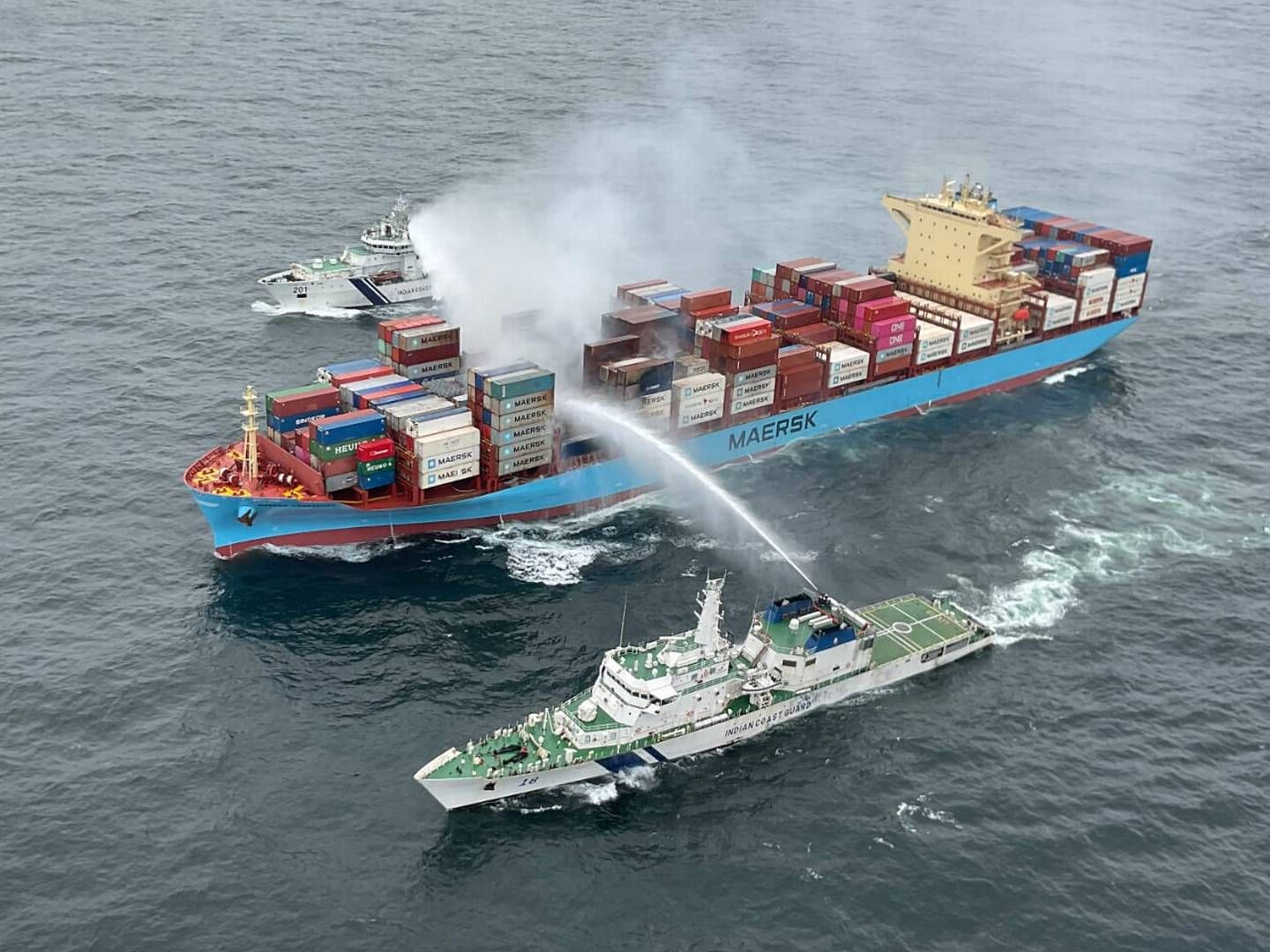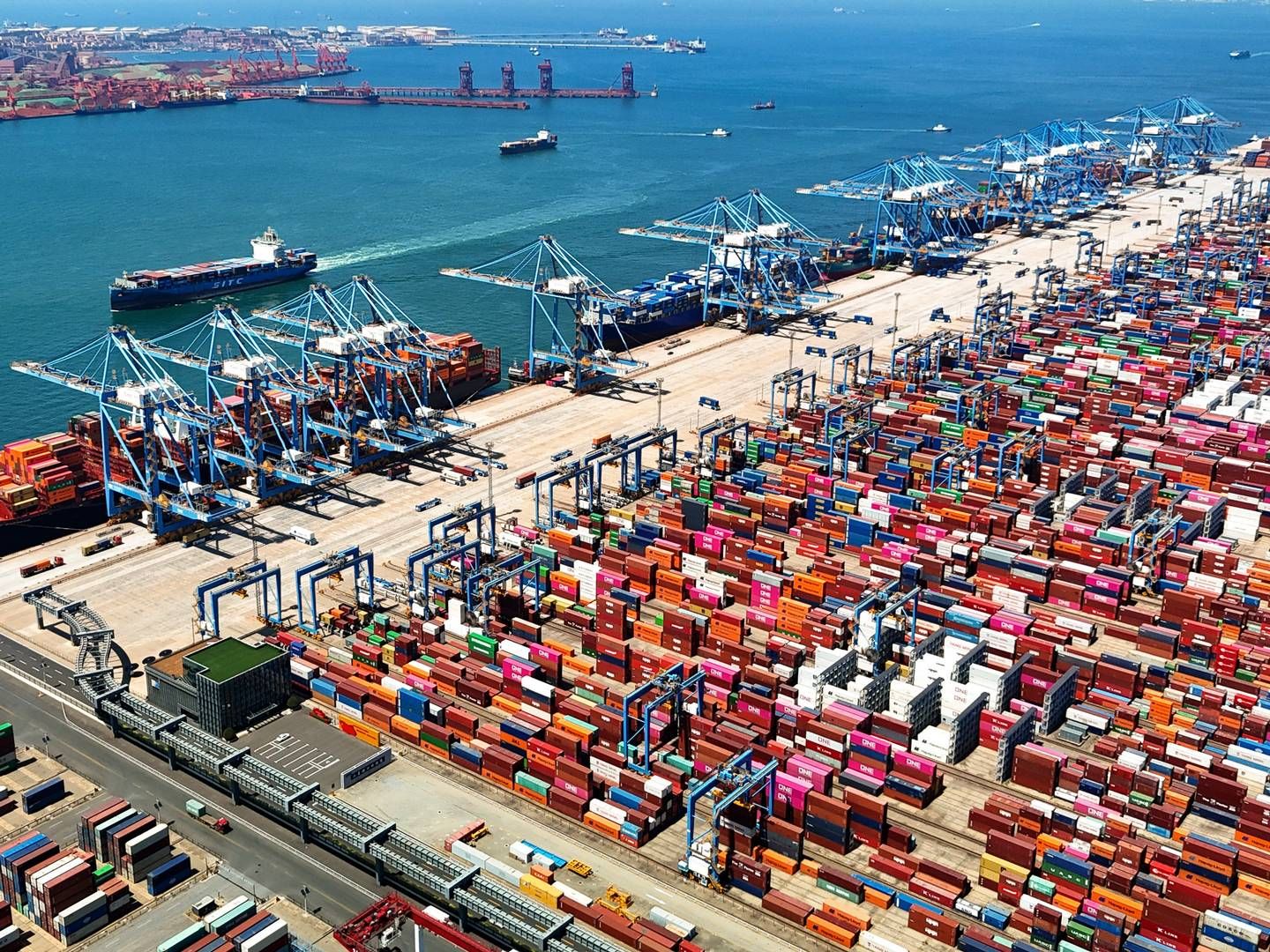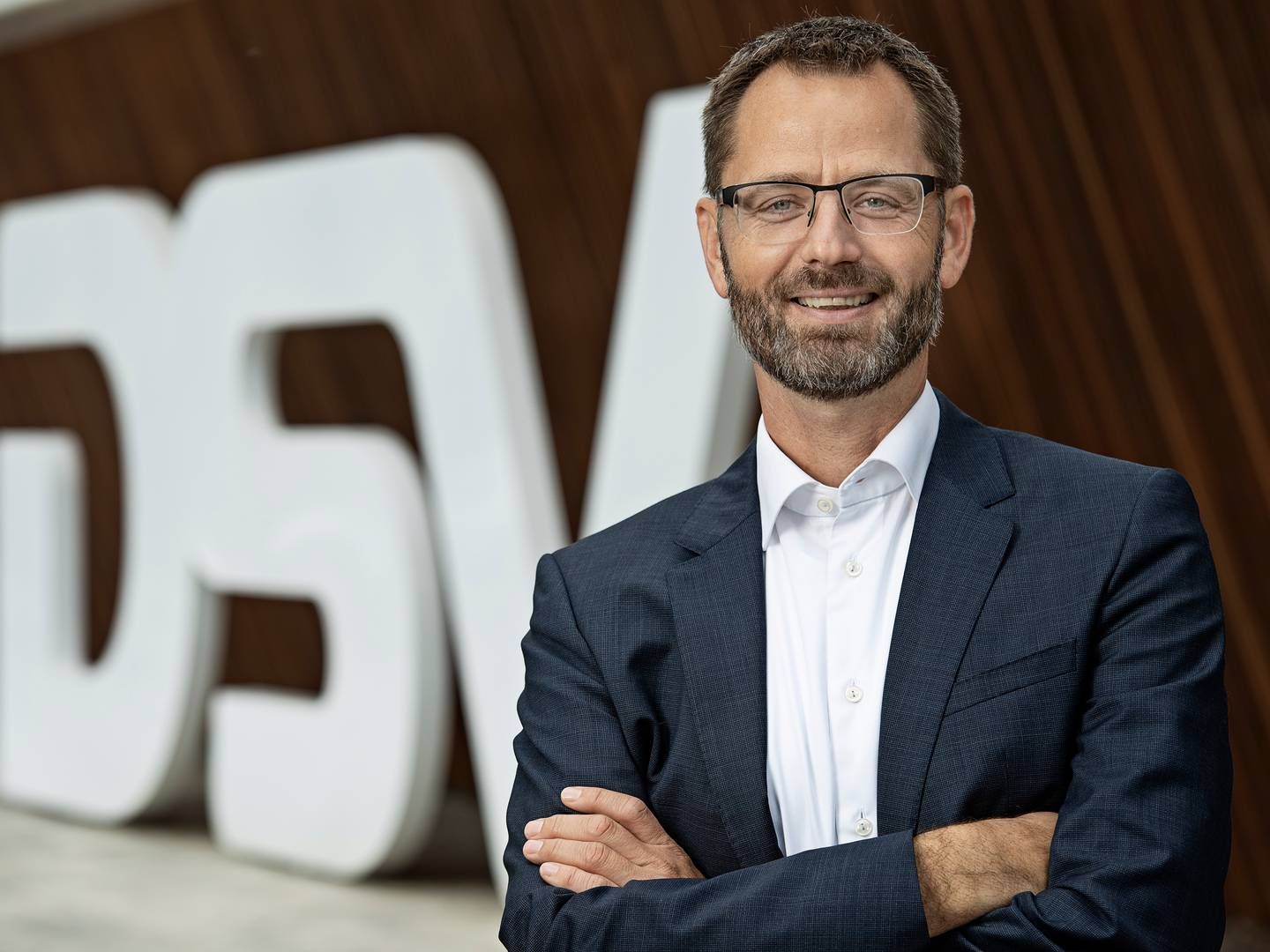How Singapore and Denmark will target maritime growth
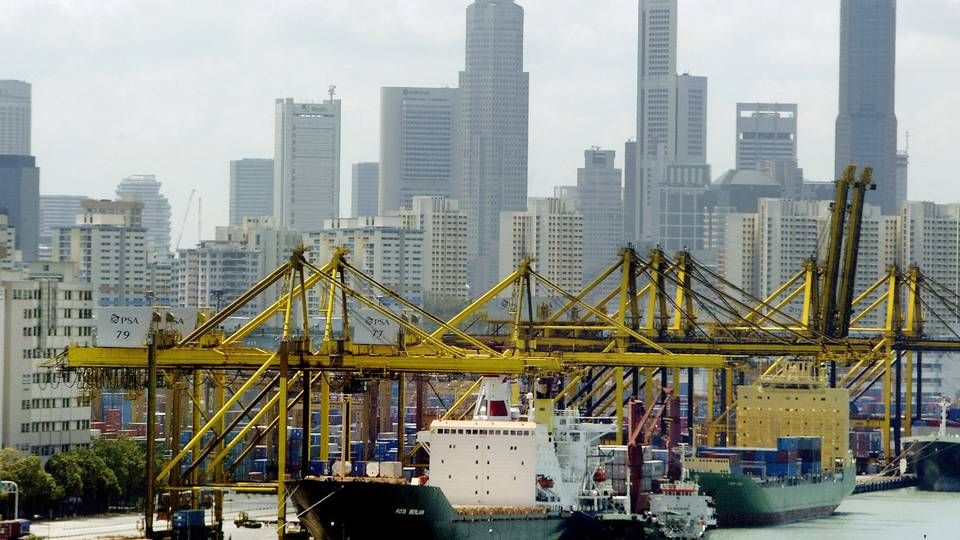
SINGAPORE
In addition to a series of indisputable differences there are numerous similarities between Denmark and Singapore, such as the fact that the two countries are both fairly small, with small populations of around five million people, and that both countries are looking to develop their position as leaders in the maritime field. Add to this several other aspects, including a high level of education and a growing awareness of the environment, which when combined constitute a joint platform for the two nations in terms of their efforts to remain at the forefront in the maritime sphere for the next five to ten years.
On Monday night, a good portion of the Danes who live and work in Singapore were gathered at the Danish embassy in the northern part of the city, where they along with locals and recent arrivals for the big Sea Asia conference, celebrated two anniversaries. One was the 75th birthday of the Queen of Denmark, Margrethe and the other was the 50th anniversary for the independence of Singapore.
Approximately 300 Danish companies are currently set up in Singapore, many of which are in the maritime sector. A total of 20 percent of the local shipping register, Singapore Ship Registry, or about 200 vessels come from Danish carriers.
Memorandum of Understanding
In 2012, the Danish Minister of Business and Growth at the time, Ole Sohn, entered into a Memorandum of Understanding with the Transport Minister Lui Tuck Yew regarding among other things "green shipping." Since then, even more initiatives between the two countries have sprouted. This is the case with the maritime Bachelor's program, offered as a collaboration between Singapore Management University and Copenhagen Business School.
If you ask the current Minister of Business and Growth in Denmark, Henrik Sass Larsen (Social Democrat), how a nation is to withstand competition in the fight for the position as leader in the maritime field, the answer is that the focus is exactly on education and the environment.
"We need to strengthen our position by targeting education and green solutions. By doing so in a smart way, we can win the fight to be a leading nation," said Henrik Sass Larsen at a short press briefing Monday evening.
Lui Tuck Yew agreed and added that Singapore's significant port, which is the second largest in the world as well as a junction for traffic in Southeast Asia, will be expanded by 50 percent within a few years and the next step will be to double the current size. The political conditions in the country are also important, he added.
"Infrastructure is important and therefore we are currently strengthening it. But you also have to remember that shipping is very international. Denmark will always be the location of the headquarters for AP Møller-Maersk, but many foreign companies are represented in Singapore because we have a stable system," Lui Tuck Yew followed up.
One of the nations which in just a few years has been able to attract maritime companies is the United Arab Emirates, concentrated in and around Dubai, where especially the Danish-based bunker firms have established business.
The last part of Copenship to file for bankruptcy Thursday
Related articles
The last part of Copenship to file for bankruptcy Thursday
For subscribers
These are the candidates for Secretary General of the IMO
For subscribers
Denmark preparing new maritime growth plan
For subscribers


